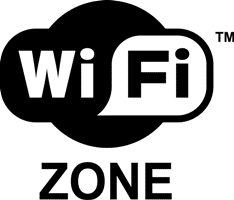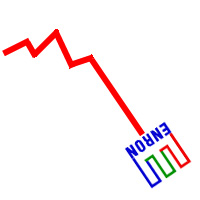I was travelling lately and I am still amazed at how difficult it can be to get reasonably cheap access to the internet for a traveller.
 Well of course there are some free computers to be able to look at some basic websites in most airports and a lot of hotels. I’m speaking about getting internet access for one’s device – computer or other device.
Well of course there are some free computers to be able to look at some basic websites in most airports and a lot of hotels. I’m speaking about getting internet access for one’s device – computer or other device.
Want to connect your computer in wifi at the airport? You need to pay. Want to connect your computer in the hotel? Again, you are charged a small fortune.
Of course that depends on the country and some countries have understood the benefit of making free connections available – and they are often not the most developed. They are the emerging countries and the small dynamic countries like Hong Kong and Singapore.
Wonder why these countries will develop more value and will overtake the countries that still believe that connectivity should be exclusive and expensive?
Unleash value by enhancing free connectivity everywhere!







